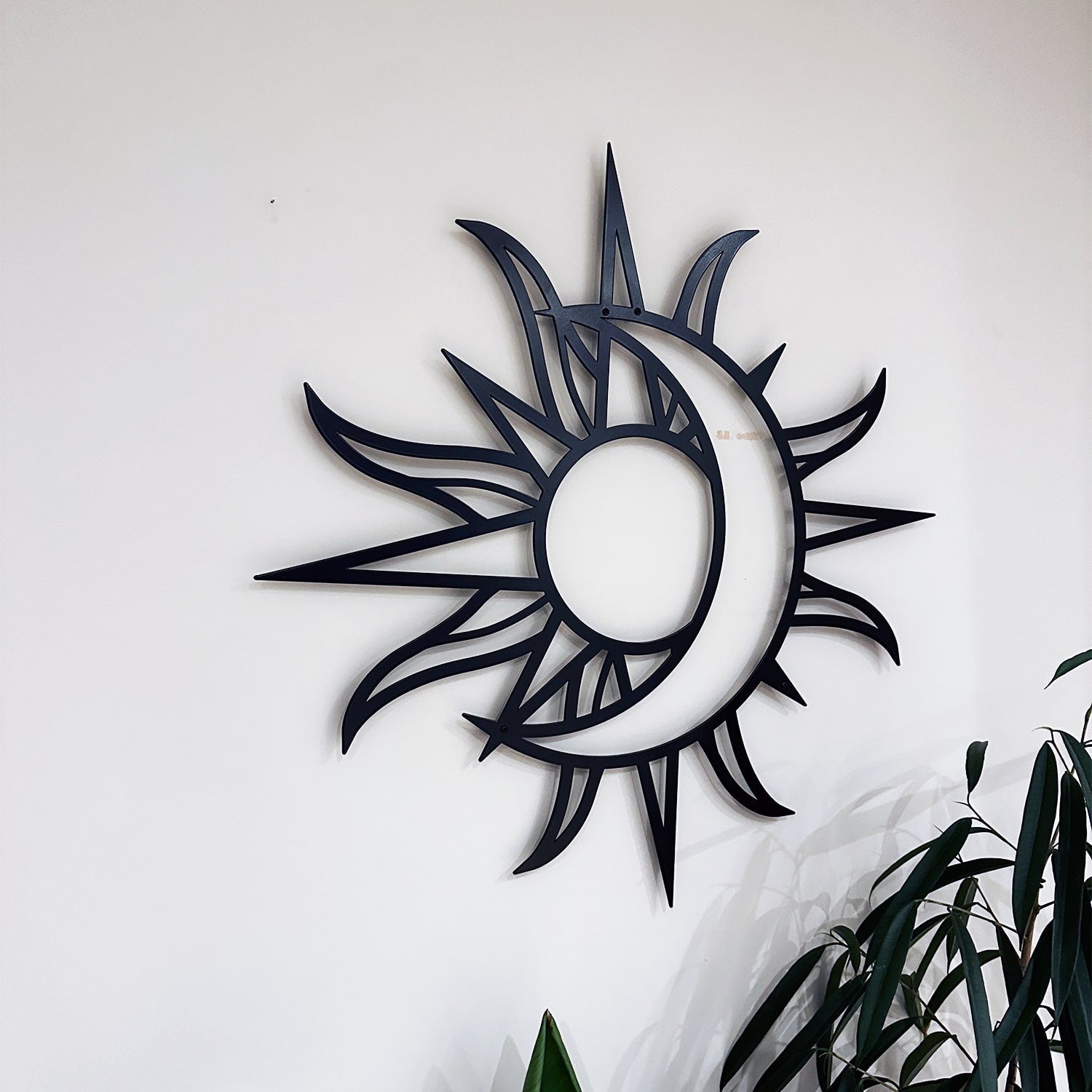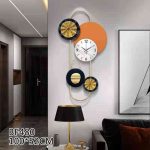Introduction: The Timeless Charm of Metal Signs
In the realm of interior design and exterior decor, metal signs stand as a testament to both durability and aesthetic appeal. Far from being mere functional elements, these versatile pieces have evolved into artistic expressions that imbue spaces with character, history, and a unique sense of identity. Whether gracing the walls of rustic cafes, vintage boutiques, or modern homes, metal signs offer a tactile connection to the past while seamlessly blending with contemporary styles. This comprehensive guide explores the various aspects of designing with metal signs, delving into their design principles, versatility, installation tips, and how they can transform spaces into captivating narratives.
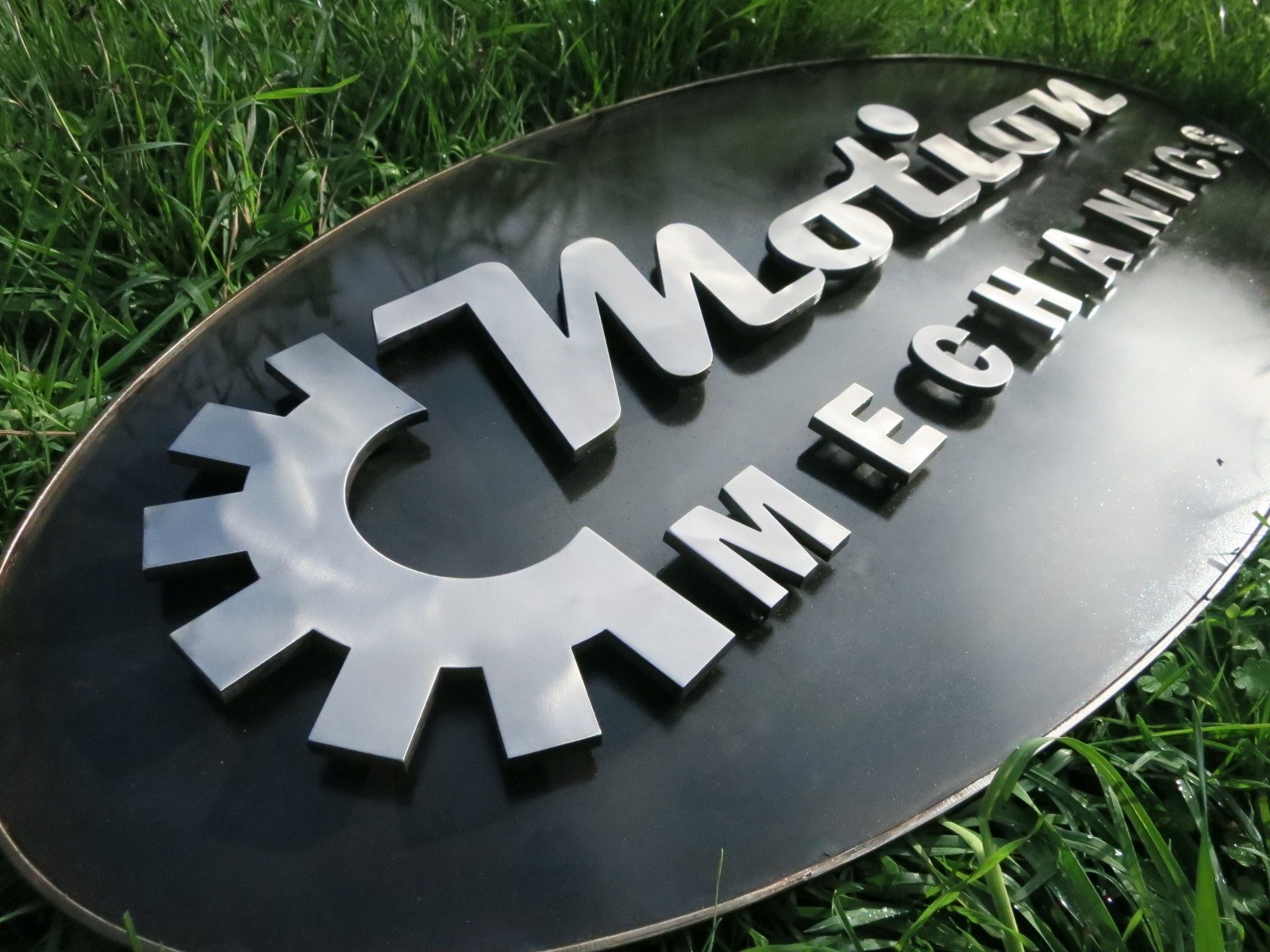
Design Principles: Unleashing Creativity through Materiality
At the core of designing with metal signs lies an understanding of the inherent qualities of metal as a medium. Unlike paper or plastic, metals—such as steel, aluminum, or brass—exhibit a distinct patina that develops over time, adding depth and authenticity to each piece. Designers leverage this characteristic by incorporating weathered finishes, distressed textures, or high-gloss polish, creating visual contrast and tactile interest. Moreover, the use of laser cutting and precision engraving techniques enables intricate designs and personalization, making each sign a bespoke work of art. Understanding light interaction is crucial too; metallic surfaces reflect and absorb light differently, casting dynamic shadows or gleaming highlights that enhance the ambiance of a space.
Versatility: Adapting to Diverse Styles and Settings
One of the most compelling attributes of metal signs is their adaptability to a wide array of design styles and environments. In industrial lofts, rusted steel signs with bold typography evoke a raw, urban vibe, harmonizing with exposed brick and concrete surfaces. Conversely, in a cozy cottage or farmhouse setting, polished copper or distressed tin signs adorned with floral motifs or nostalgic slogans infuse warmth and nostalgia. Even minimalist interiors benefit from metal signage, where sleek, understated designs in brushed stainless steel provide subtle yet impactful focal points. This versatility ensures that no matter the design scheme, there exists a metal sign that complements and elevates it.

Installation Techniques: Integrating Signs Seamlessly
The art of installing metal signs is as crucial as the design itself, influencing how they interact with the surrounding space. For indoor applications, consider factors such as lighting, wall color, and adjacent decor when deciding on placement. Wall-mounted signs should be securely fastened, using appropriate hardware that considers the weight and material of the sign to prevent damage. In outdoor settings, weather resistance becomes paramount; powder-coated or galvanized metal signs withstand the elements better and can be strategically placed to withstand direct sunlight or heavy rain. Creative installations, such as suspending signs from ceilings or integrating them into furniture, showcase innovation and can redefine spatial dynamics.
Personalization and Storytelling: Crafting Unique Narratives
Metal signs afford a rare opportunity for personal expression and storytelling within a space. From family-owned businesses displaying their heritage through vintage logos to homeowners commemorating special dates or locations, custom-designed signs become conversation starters and emotional anchors. Incorporating local history, favorite quotes, or even family crests transforms a room from ordinary to deeply meaningful. This personal touch not only enriches the aesthetic experience but fosters a sense of belonging and continuity, making spaces truly reflective of their occupants’ personalities and histories.
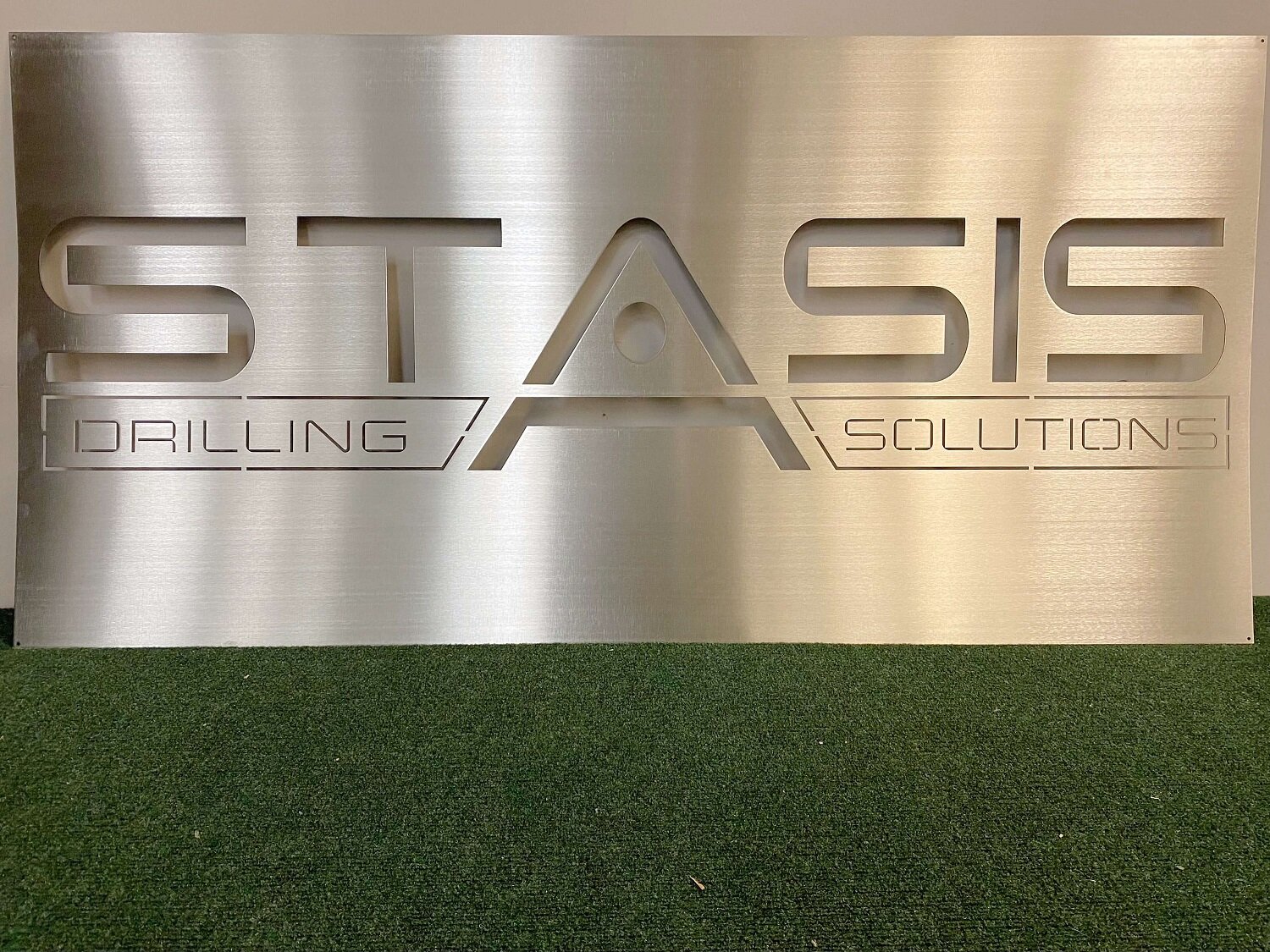
Sustainability and Durability: A Long-Term Investment
In an era where sustainability is paramount, metal signs emerge as a responsible design choice. Unlike disposable decor items, metal signage is built to last, often outliving the spaces they inhabit. Their recyclable nature ensures that at the end of their lifecycle, they can be repurposed or recycled without contributing to environmental waste. This longevity coupled with low maintenance requirements makes metal signs a cost-effective investment over time. As they age gracefully, developing a patina unique to their environment, they acquire a charm that synthetic alternatives cannot replicate.
Innovative Design and Technology: Embracing the Future
Advancements in technology have expanded the horizons of metal sign design and production. Laser cutting and engraving permit intricate detailing and precision, enabling designers to bring even the most complex visions to life. LED backlighting can be integrated into metal signs, transforming them into illuminated artworks that enhance ambiance and visibility, especially in low-light conditions. Moreover, the use of software for 3D modeling allows for the creation of dimensional signs, adding depth and a tactile quality that engages viewers on a multi-sensory level.
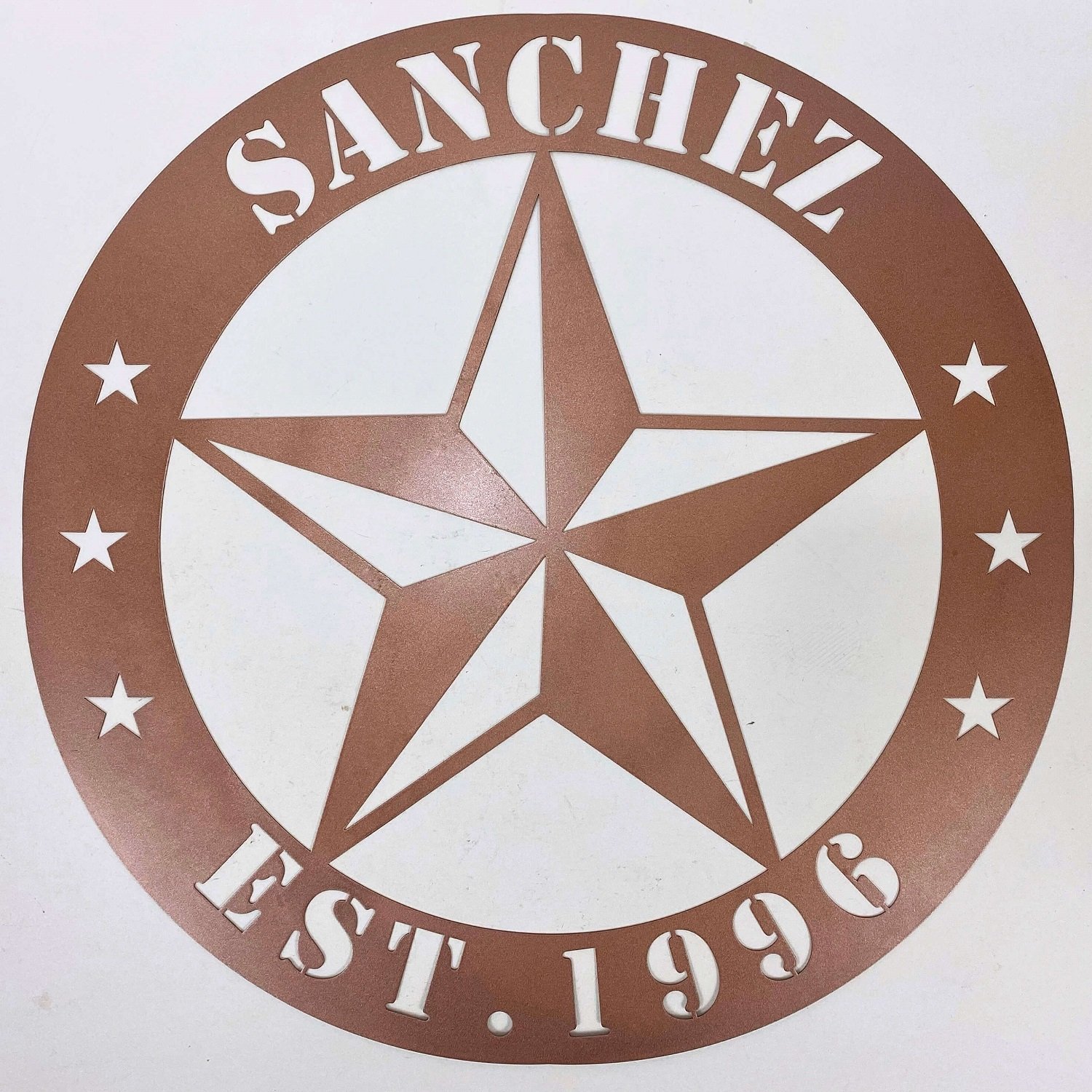
Accessibility and Wayfinding: Enhancing User Experience
Metal signs play a pivotal role in enhancing accessibility and wayfinding within public spaces. Clear, well-placed directional signs facilitate navigation for visitors, ensuring compliance with ADA (Americans with Disabilities Act) standards where applicable. Tactile lettering and braille integration on metal plaques cater to visually impaired individuals, promoting inclusivity. Innovative designs such as interactive maps or QR code-integrated signs further augment user experience by providing additional information at the touch of a finger, aligning with the smart city concept and digital integration trends.
Versatility Across Industries: From Retail to Hospitality
The versatility of metal signs is evident across various industries. In retail, they add a touch of elegance while effectively communicating brand identity. Restaurants and cafes employ them to create a warm, inviting atmosphere, often incorporating menu boards or themed decorations. Hospitality venues utilize metal signage for room numbers, facility directions, and as artistic installations that reflect the locale’s character. Corporate offices, too, benefit from professional-looking directory signs and motivational quotes etched onto metal, fostering a positive work environment.

Conclusion: Elevating Spaces through Timeless Appeal
Designing with metal signs transcends mere decoration; it’s a journey into the realms of artistry, history, and personal narrative. By thoughtfully integrating these versatile pieces, designers and homeowners alike can create spaces that resonate with authenticity, style, and a sense of permanence. From enhancing industrial chic to breathing life into vintage themes, metal signs serve as silent storytellers, adding a layer of depth and intrigue to our living and working environments. As we continue to explore new frontiers in design, the allure of metal signage stands as a timeless reminder of the beauty in merging function with aesthetics, preserving stories, and celebrating craftsmanship.
